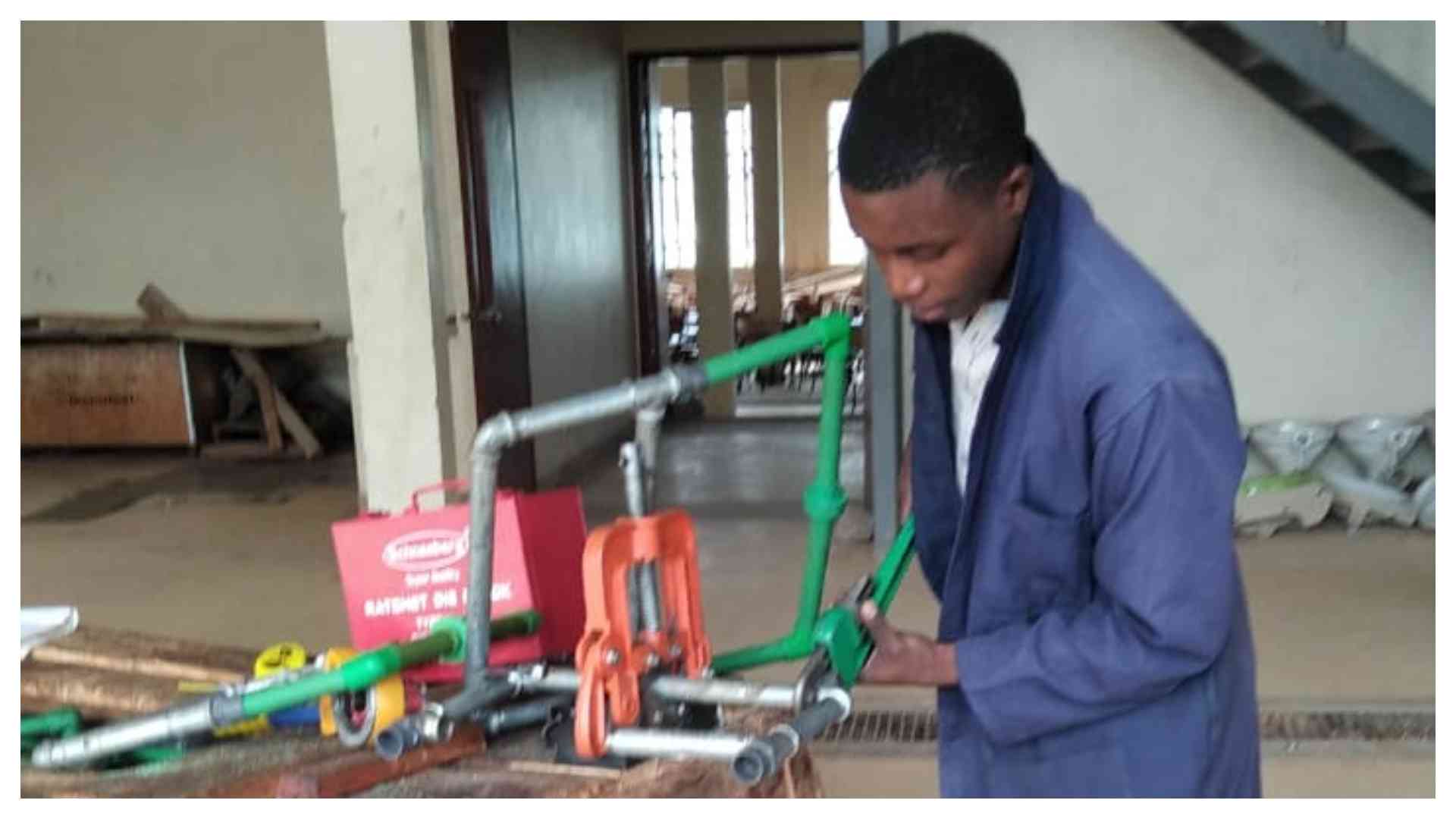The world is moving fast - digitizing, globalizing, connecting more and more through the Internet of Things. Still, too many people remain disconnected from the networks and systems they need to be fully productive. Some need electricity or access to clean water, others want education for their children or basic financial services. Most importantly, many need the ability to pay for these necessities in small manageable increments – ideally via mobile. Africa after all, is the beating heart of the world’s mobile money activity.
An estimated 1.7 billion people around the world still don’t have access to a bank account or financial network, so when it comes to payments, they are at the mercy of cash, as well as the costs, risks and limitations it presents.
Around the world, Pay on Demand (POD) business models are emerging to give people the ability to pay for what they use, as they need it. In this model, consumers who cannot afford to pay for an asset outright, pay a provider in small chunks when they need to consume or small instalments, at regular intervals. These payments are made either until the value of the asset is paid off and the consumer owns the asset, or on a continuous basis until the customer does not require the asset—or cannot pay for the asset anymore—at which point the asset is locked for further usage and returned to the provider.
Asset financing in the IoT era
What separates today’s Pay on Demand models from traditional asset financing models is the provider’s ability to remotely lock or un-lock the asset based on customer payment history. This process is enabled by IoT technologies. Importantly, the asset is used as collateral for the duration of the provider-customer relationship, allowing the customer to incur little upfront cost and risk, and providing the basis for what is often the customer’s first financial service via a microloan.
Innovators in developing markets are combining low-cost IoT technologies with seamless digital payments and new business models like POD to provide consumers with previously inaccessible, capital-intensive products that enhance their everyday lives while simultaneously placing them on a path to financial inclusion. Solar energy providers have been early adopters of Pay on Demand to expand electricity access to underserved communities through flexible payment plans.
Driving financial inclusion through Pay on Demand
Since the late 2000s, Pay on Demand providers operating in the solar home industry have improved affordability and access to off-grid electricity for underserved communities. A customer of POD solar not only gains access to electricity, but also benefits from a business model that creates the enabling environment for financial inclusion. This holds true across all industries where Pay on Demand models gain traction.
Pay on Demand models help establish a digital transaction history through which credit solutions can be derived. By pairing digital payments with IoT technology, Pay on Demand providers transform from retailers and distributors to financial service providers. Providers build internal credit risk models on new customers who do not possess a financial history through analysis of behavioural, consumption, and employment-related data collected from IoT sensors and business operations. In fact, many providers share these internal credit models with credit agencies to help customers build relationships with formal financial institutions.
Additionally, Pay on Demand providers offer their credit-worthy customers add-on consumer or financial products outside of their core offerings. This allows customers to build their economic stack, a combination of products and services that improve everyday life and overall economic outlook.
While electricity is a core-component of the economic stack and can be enabled through POD solar in underserved communities, other products like smartphones and services can be similarly provided through Pay on Demand models. Additional products, such as agricultural equipment, can increase incomes and improve livelihoods for households. An Acumen study recently reported that one POD solar provider’s business customers who used their product claimed an increase of store income by 60 percent.
Access to the formal financial system has tangible benefits to customers. These can include convenient and secure payment methods to transact with merchants and in marketplaces, consumer protection against fraud and abuse, and financing for a new home, an education program or a small business loan.
Scaling the Pay on Demand model to more industries
Innovators are working to bring the Pay on Demand model to adjacent industries and solve critical development challenges.
Stay informed. Subscribe to our newsletter
The Pay on Demand model can be applied to virtually any product or service. To identify where Pay on Demand models will create the most impact, providers need to understand the priorities of customers and communities, and design with those users in mind.
Moreover, as providers grow beyond core products to new markets and industry segments, they must define and execute viable go-to-market strategies. Some of the industries where we see this model most relevant are Electricity, Sanitation, Cooking, Agriculture, Transit and Personal/household Devices.
Pay on Demand providers must have the right capabilities and partners to grow
As providers scale across markets and industries, partnership will be critical for effective go-to-market strategies.
For instance, partnership with players who can provide interoperable payments solutions will be important in driving consumer adoption as it reduces consumers’ payment barriers. Providers will also need to be prepared to handle increased volumes of data associated with growth and be able to effectively create value from that data.
There are an increasing number of specialized actors available to help providers develop and deliver Pay on Demand solutions.
Additionally, government and development organizations have an important role to play in market creation and shaping regulatory environments.
Through Pay on Demand digital solutions, people can pay for what they need and build a credible payment history, connecting them to other financial services, such as credit, loans and insurance.
Used ethically, data becomes a key enabler to drive inclusion and protect the consumer. This is our way of using connectivity to drive a new wave of digital and financial inclusion where it can make a difference.
The writer Gaurang Shah is the SVP, Digital Payments & Labs, Middle East & Africa (MEA), Mastercard
 The Standard Group Plc is a
multi-media organization with investments in media platforms spanning newspaper
print operations, television, radio broadcasting, digital and online services. The
Standard Group is recognized as a leading multi-media house in Kenya with a key
influence in matters of national and international interest.
The Standard Group Plc is a
multi-media organization with investments in media platforms spanning newspaper
print operations, television, radio broadcasting, digital and online services. The
Standard Group is recognized as a leading multi-media house in Kenya with a key
influence in matters of national and international interest.
 The Standard Group Plc is a
multi-media organization with investments in media platforms spanning newspaper
print operations, television, radio broadcasting, digital and online services. The
Standard Group is recognized as a leading multi-media house in Kenya with a key
influence in matters of national and international interest.
The Standard Group Plc is a
multi-media organization with investments in media platforms spanning newspaper
print operations, television, radio broadcasting, digital and online services. The
Standard Group is recognized as a leading multi-media house in Kenya with a key
influence in matters of national and international interest.








